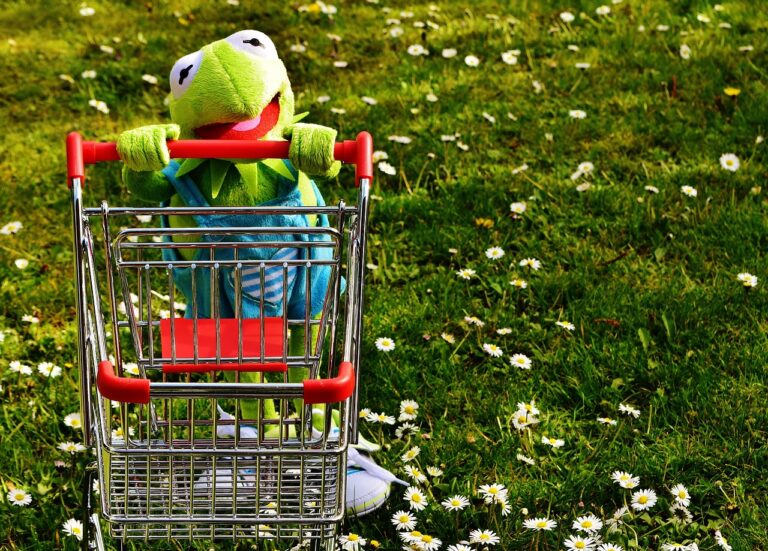The Future of Sustainable Packaging: Innovations and Trends
The use of non-biodegradable materials in packaging has led to significant environmental concerns. With the increasing use of plastics and other harmful materials, landfills are filling up at an alarming rate, causing harmful effects on ecosystems and wildlife. The lack of proper disposal mechanisms further exacerbates this issue, leading to pollution and long-term environmental damage.
Another challenge in current packaging practices is the excessive use of single-use plastics. Consumers have become accustomed to the convenience of disposable packaging, leading to a culture of overconsumption and waste. This not only contributes to the accumulation of plastic waste but also poses a threat to marine life and human health. Finding sustainable alternatives to single-use plastics is crucial in addressing this pressing issue.
– The use of non-biodegradable materials in packaging has led to significant environmental concerns
– Landfills are filling up at an alarming rate due to the increasing use of plastics and harmful materials
– Improper disposal mechanisms exacerbate pollution and long-term environmental damage
– Excessive use of single-use plastics is another challenge in current packaging practices
– Consumers’ reliance on disposable packaging leads to overconsumption and waste
– Accumulation of plastic waste poses a threat to marine life and human health
Finding sustainable alternatives to single-use plastics is crucial in addressing these pressing challenges.
Growing Demand for Sustainable Packaging Solutions
Sustainable packaging solutions have become a top priority for businesses across various industries as consumers increasingly demand eco-friendly alternatives. This surge in interest stems from mounting concerns about the environmental impact of traditional plastic packaging. Companies are now investing in innovative ways to reduce their carbon footprint and meet the growing demand for sustainable packaging options.
With the global push towards achieving sustainability goals, the packaging industry has witnessed a paradigm shift towards greener alternatives. Biodegradable materials, such as plant-based plastics and compostable packaging, are gaining momentum as viable solutions to minimize environmental harm. This shift not only aligns with consumer preferences but also helps companies showcase their commitment to corporate social responsibility.
Advancements in Biodegradable Materials
Biodegradable materials have emerged as a promising solution to address the sustainability concerns associated with traditional packaging practices. These innovative materials are designed to break down naturally over time, minimizing the environmental impact of packaging waste. The advancements in biodegradable materials have paved the way for more eco-friendly packaging options that align with the growing consumer demand for sustainable solutions.
Furthermore, the development of biodegradable materials offers manufacturers the opportunity to enhance their brand image and appeal to environmentally conscious consumers. With ongoing research and technological innovations in this field, the future looks promising for the widespread adoption of biodegradable packaging materials across various industries.
What are some challenges in current packaging practices?
Some challenges in current packaging practices include the overuse of plastic materials, which contribute to environmental pollution and landfill waste.
Why is there a growing demand for sustainable packaging solutions?
There is a growing demand for sustainable packaging solutions due to increasing concerns about environmental sustainability and the need to reduce plastic waste.
What are some advancements in biodegradable materials for packaging?
Some advancements in biodegradable materials for packaging include the development of compostable plastics, biodegradable films, and plant-based packaging alternatives.
How do biodegradable materials help reduce environmental impact?
Biodegradable materials help reduce environmental impact by breaking down into natural compounds, reducing the amount of waste in landfills and oceans.
Are biodegradable materials cost-effective for businesses?
While biodegradable materials may initially have a higher cost compared to traditional plastics, the long-term benefits of reduced environmental impact and consumer demand can make them a cost-effective choice for businesses.







